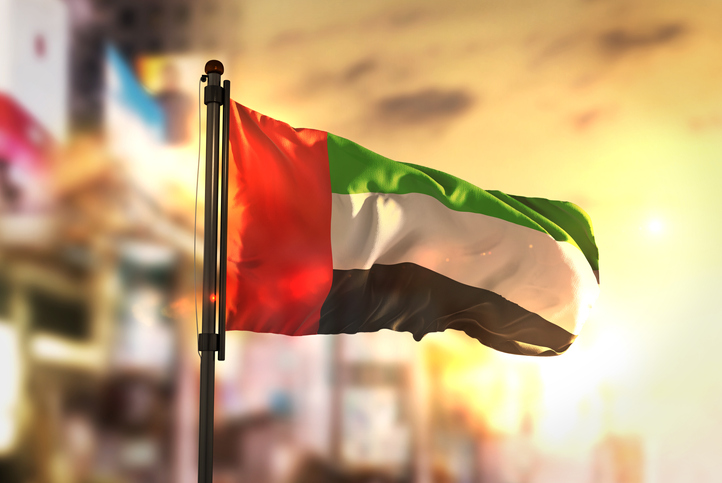
Last month, at the Expo 2020 Dubai, Sheikh Mohammed bin Rashid Al Maktoum, VP and deputy prime minister of the United Arab Emirates (UAE) and ruler of Dubai, launched the UAE Declaration of Arabic Language to mark World Arabic Language Day, in parallel with the 22nd session of the Conference of Ministers Responsible for Cultural Affairs in the Arab World.
“The Arabic language is a language of beauty, culture, and civilization, and one summit is certainly not enough. We signed the UAE Declaration on the Arabic Language. It is our declaration to commit to working together to enhance the status of the language that represents our identity, culture, and science,” said the sheikh.
The UAE Arabic Declaration contains ten principles:
1. The Arabic language is intrinsic to Arab identity. Standard Arabic and its dialects interact in a unique way, which is a highlight of the civilization, culture, literature, and arts.
2. The development of new methodologies of teaching and learning the language in schools, and the introduction of modern curricula based on international best practices.
3. Improvement of the quality of Arabic content on the internet with investment in digital publishing institutions, adoption of sustainable and viable business models in collaboration with governments and knowledge institutions, and providing Arab users with useful and reliable content.
4. The creation of a digital infrastructure that incorporates the use of Arabic in technology applications through cooperation between research centers and companies on artificial intelligence, natural language processing, machine learning models, and a thesaurus.
5. The introduction of developmental grants to build an investment framework where intellectual property rights are applied to counter piracy and encourage the role of private institutions in business development, distribution, and marketing of these models.
6. Development of and investment in translation services for Arabic to enhance its contribution to knowledge on a global level.
7. Investment in the translation of science and research papers to make them available to Arabic researchers and scientists, and translation of their work into other languages for the scientific networks to access it in other languages.
8. Reinforcing Arabic as a global language by building global partnerships with academic institutions and cultural centers and supporting their education efforts globally.
9. Arab societies need sound linguistic planning, drawn by governments and community institutions, to be crafted into linguistic policies.
10. Declaration on the future of the Arabic language, because Arabic is a language of the grandparents and children, bound to develop and change like any other living language. The aim is to establish modern approaches to counter the challenges and seize the opportunities that the language faces today.
Noura Al Kaabi, UAE minister of culture and youth and chair of the 22nd session of the Conference of Ministers Responsible for Cultural Affairs in the Arab World, said, “The UAE Arabic Language Declaration is a reference for officials in Arab countries to launch initiatives and projects that preserve the Arabic language, enhance its presence globally, and encourage its use among future generations. It also promotes the use of Arabic in the digital space and associated industries while encouraging the use of technology in education and the spread of the Arabic language.”
Last year, the Ministry of Culture and Youth launched a study into the status and future of the Arabic language to compile a report, with the participation of 15 media organizations, ten language universities, and 18 universities around the world; 65 educational institutions from around the world contributed to the report.





